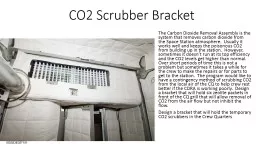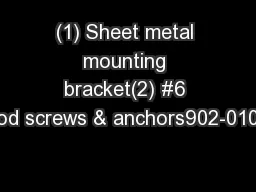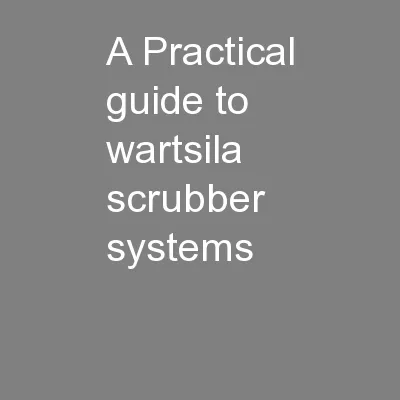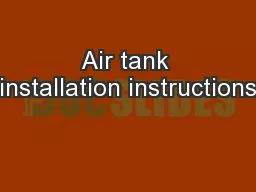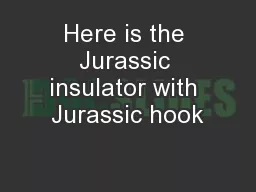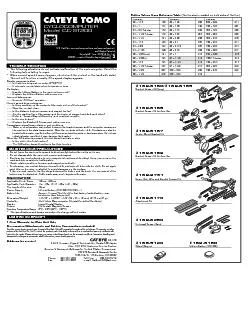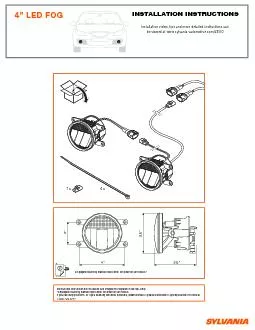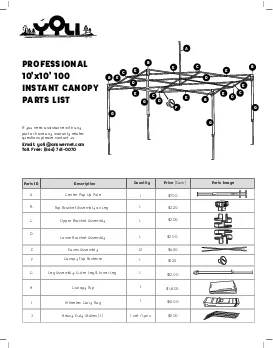PPT-CO2 Scrubber Bracket
Author : celsa-spraggs | Published Date : 2019-12-07
CO2 Scrubber Bracket The Carbon Dioxide Removal Assembly is the system that removes c arbon dioxide from the Space Station atmosphere Usually it works well and keeps
Presentation Embed Code
Download Presentation
Download Presentation The PPT/PDF document "CO2 Scrubber Bracket" is the property of its rightful owner. Permission is granted to download and print the materials on this website for personal, non-commercial use only, and to display it on your personal computer provided you do not modify the materials and that you retain all copyright notices contained in the materials. By downloading content from our website, you accept the terms of this agreement.
CO2 Scrubber Bracket: Transcript
Download Rules Of Document
"CO2 Scrubber Bracket"The content belongs to its owner. You may download and print it for personal use, without modification, and keep all copyright notices. By downloading, you agree to these terms.
Related Documents

